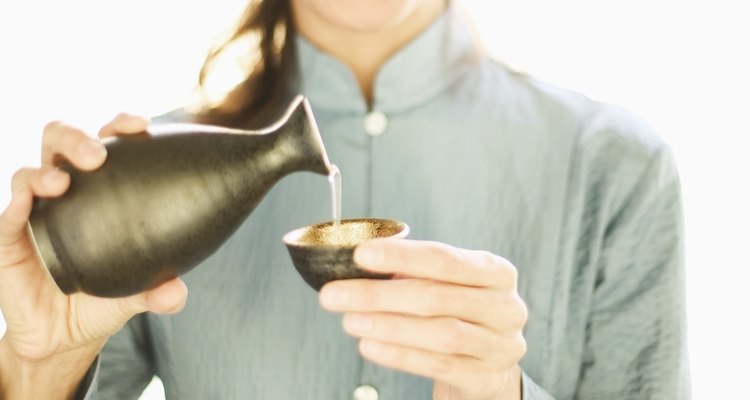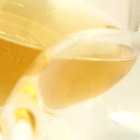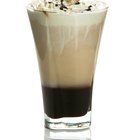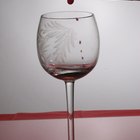
Sake, a fermented rice-based beverage of Japanese origin, is extremely delicate and highly perishable. Even unopened, sake will not endure favorably over long periods of time; sake contains no sulfites, a preservative component of wine, beer and juices. The process of making sake keeps it free of impurities, so its flavor and color are crisp and bright. Premium sake is to Japanese cuisine what the finest whites and reds are to Western haute cuisine, and it should be stored with equal care.
Sake Shelf Life 101
Generally, unopened sake is best consumed within a year of purchase or one year to the day or month it exited the brewery. The latter date is often stamped on the bottle and refers to the day when the master brewer declared a given batch of sake ready for shipping and eventual consumption. Sake is frequently aged three to six months before leaving the brewery, which is why drinking it as close as possible to the date stamped on the bottle is advised. The shelf-life clock on the sake begins to tick the moment you purchase it, even if you do not open it immediately.
Extending Shelf Life of Unopened Sake
Air, light and heat are detrimental to sake. Oxidation destroys flavor, and light and heat will disrupt the chemical bonds in any given fluid, in this case, spoiling the sake. Rather like certain wines, sake should be stored under its own ideal conditions, which are key to preserving it unopened beyond its one year shelf life. A reserved back corner on a lower rack in your fridge is a perfect storage area, and to prevent light exposure, tuck the sake into a neoprene wine bottle holder. Stored in this manner, the sake keeps for up to two years. Beyond this point, even premium sakes begin to deteriorate, losing flavor and freshness.
Sake: From Rice to Rich Man's Libation
Sake is available at fine restaurants as an alternative to wine. Classic sake is super dry, full-bodied and leaves a faint taste of rice on the palate. Premium sakes are as varied as the personal tastes they appeal to, from medium and balanced to sharp and persistent. Six main types, or classifications, of sake exist, each type denoting ratios of yeast, mold (koji), water, milled rice and the amount of added distilled alcohol. Sake's alcohol by volume (ABV) is slightly higher than wine's, anywhere from 14 to 16 percent depending upon the brand. But sake's brightness and acidity allow it to substitute chardonnay when fish or poultry are on the menu.
Sake: A Japanese Art Form
When making sake, master brewers routinely pasteurize the fermented product late in the process by pumping the sake through a pipe submerged in hot water, which kills any enzymes, bacteria and yeast, just before bottling. This allows for a one-year shelf life even at room temperature. Even so, refrigerating your sake ensures the retardation of any potential bacteria or microbes that might have survived pasteurization. Each step in the sake-making process is precise, timed and carefully executed so as to ensure consistency from batch to batch. At home, you can put this idea into further action by storing your unopened sake accordingly.
Related Articles

Should I Store Red Wine Horizontally or ...

How to Store Cognac

Types of Bacteria in Wine

Does Brandy Ever Go Bad?

Does a Chilled Champagne Bottle Need to ...

What Is the Primary Difference Between ...

How Long Can a Bottle of Vodka Last ...

Can Shaking Wine Ruin It?

Red Wines That Need to Be Chilled

How to Pasteurize Homemade Wine

Why Is White Wine Turning Brown in a ...

How Long Can You Keep Beer Refrigerated?

Do You Need to Refrigerate Homemade ...

What Is the Difference Between 80 & 100 ...

How Long Does Liquor Keep in Storage?

How to Make Homemade Wine Taste Better

What Is the Highest Proof Vodka?

How to Store Balsamic Vinegar

How Long Should a Wine Collector Keep a ...

Types of Amber Wine
References
Resources
Writer Bio
Born in New York City, Tremaine Jackson has been in theater, dance and music since age 12, when he appeared in Liz Swados' "Swing" at the Brooklyn Academy of Music. He is also an award winning children's recording artist. He writes fiction and poetry in his spare time.
Photo Credits
Jupiterimages/Stockbyte/Getty Images